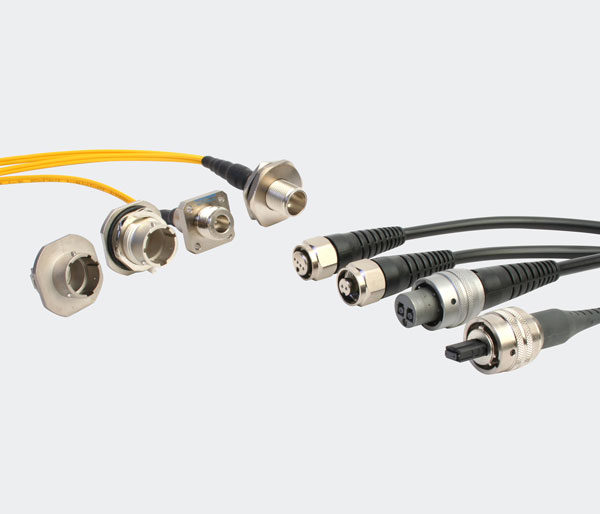According to the latest broadband/Internet availability survey report, connectivity in rural areas in the United States is improving. The report is based on the annual membership survey of the NTCA-Rural Broadband Association. Phil Harvey, editor-in-chief of Light Reading, found five interesting things in the report:
The American countryside is really “rural”
NTCA represents nearly 850 regulated rural telecommunications providers in 44 states in the United States. In its annual survey, respondents reported that an average of 4467 residential and 469 commercial fixed broadband connections were in service.
In this survey, the broadband standard is very low. As the footnote of the survey revealed, “Broadband is defined as a throughput equal to or exceeding 200KB per second in at least one direction.”
And, it is obvious and worth noting that it is surprising that these operators cover such a large area, but the people who live in these places are at least so. The survey stated: “The average ILEC service area of respondents is approximately 1,906 square miles, and 21.3% of the service area reaches or exceeds 2,000 square miles.” In comparison, Delaware has an area of approximately 1982 square miles.
Copper wire access dominates
Half of the operators that responded to the NTCA member survey still use “TDM switching facilities to handle voice traffic on certain parts of their ILEC network”. About half of them also use copper wires to provide fixed broadband services for certain parts of their service area. However, the survey showed that telecom companies using copper wires to provide broadband dropped from 65.8% in 2018 to 50.5% this year, so fiber deployment is playing a role.
FWA joins the competition
Rural telecom operators are seeing more and more fixed wireless (FWA) service providers competing in their traditional ILEC field. The survey pointed out that 75.8% of respondents said that “fixed wireless Internet providers operate businesses in certain parts of their service areas”.
About 20% of NTCA survey respondents now provide fixed wireless broadband services and do not plan to expand. 13.4% of respondents said they “provide this service and either plan to expand further or are considering expansion”.
Gigabit broadband is on the rise
For many in the industry, the new gold standard for broadband in the United States is to achieve 1Gbit/s symmetrical connection through optical fiber. Rural suppliers participating in the NTCA survey said that an average of 52.3% of enterprise customer groups can obtain broadband services with a “maximum uplink speed greater than or equal to 1Gig”, and an average of 55.4% of customer groups can obtain a fixed broadband maximum downlink speed greater than or equal to 1Gig. In 2019, only 25.3% of the NTCA member customer base was able to obtain such a fast downward speed.
For various reasons, not many people adopt 1Gig services, but as more fibers are deployed, these penetration rates are rising. According to the survey, about 9% of respondents now have a subscription speed greater than or equal to 1Gig. This is almost three times the percentage reported in 2019 (3.4%).
Supply chain delay
Supply chain delays caused by the pandemic will accompany us for several years, but the delays have already begun to affect network deployment and upgrades. Approximately 80.4% of NTCA members interviewed stated that they had encountered unavailability or delays in purchasing products required for network deployment. Among them, 80.9% of operators stated that they “either could not obtain optical fiber, or were delayed in terms of purchasing optical fiber”.
For most companies, this is a drag on the already difficult hinterland connection business. Of the companies that experienced various procurement delays, only 11% said that supply restrictions “have no impact on their operations”, and 46% of them said it would take longer to replace old equipment.




